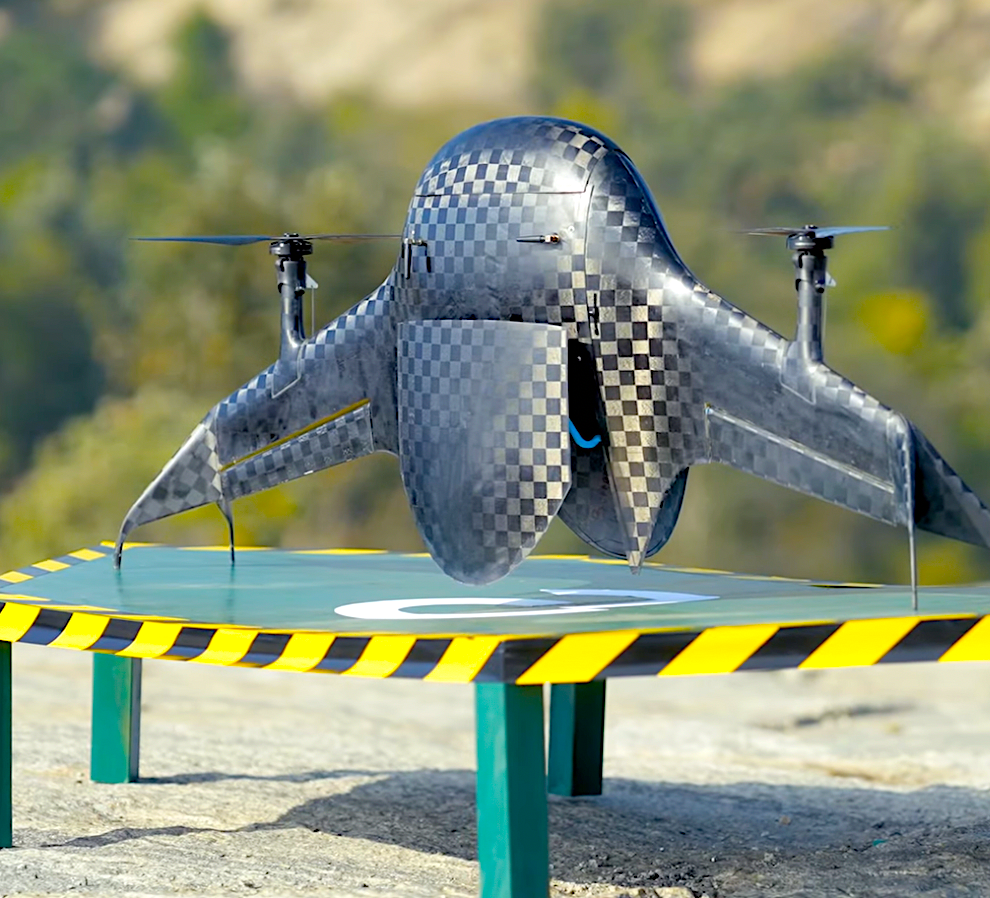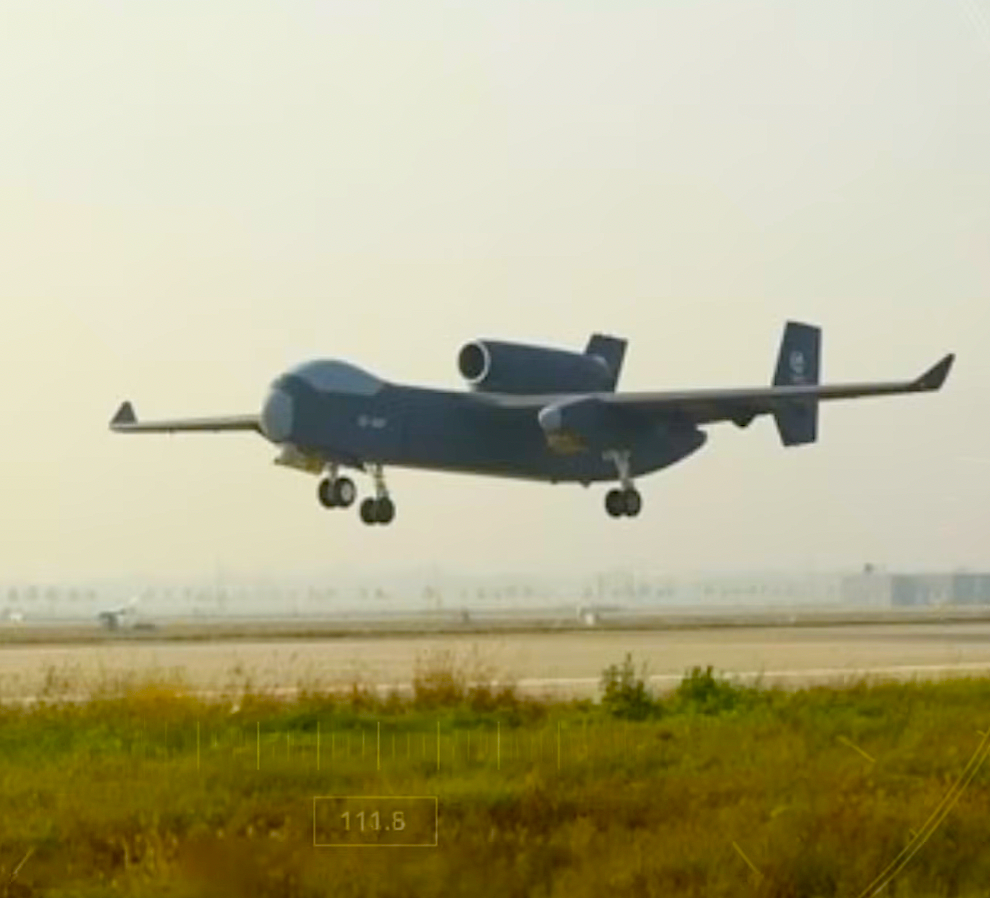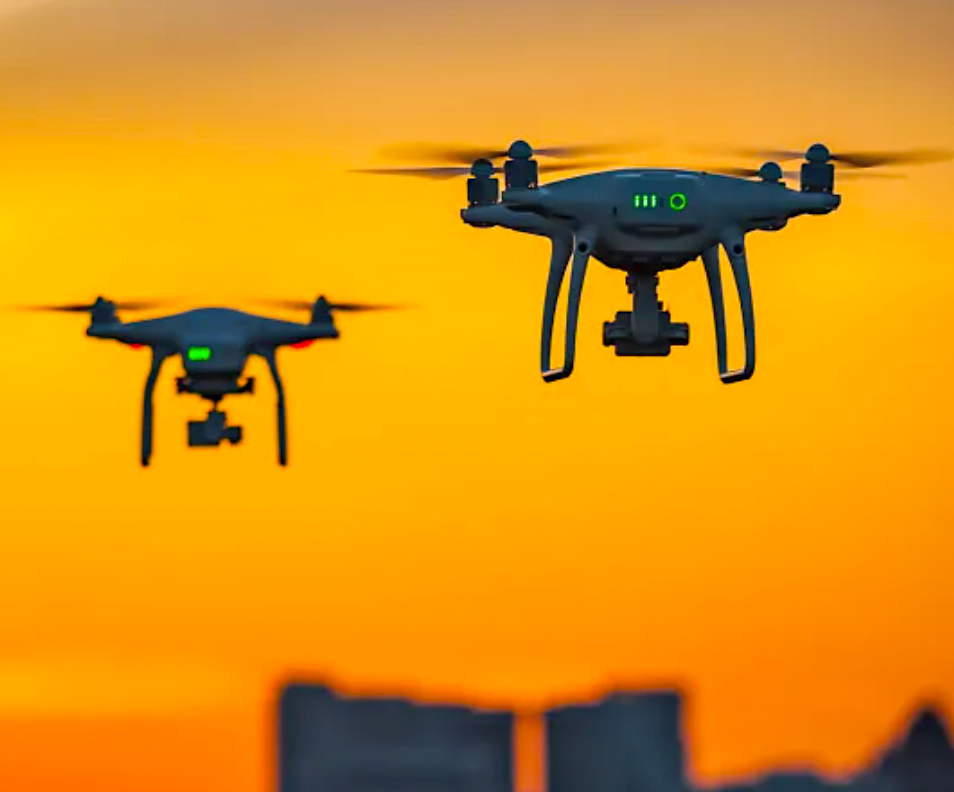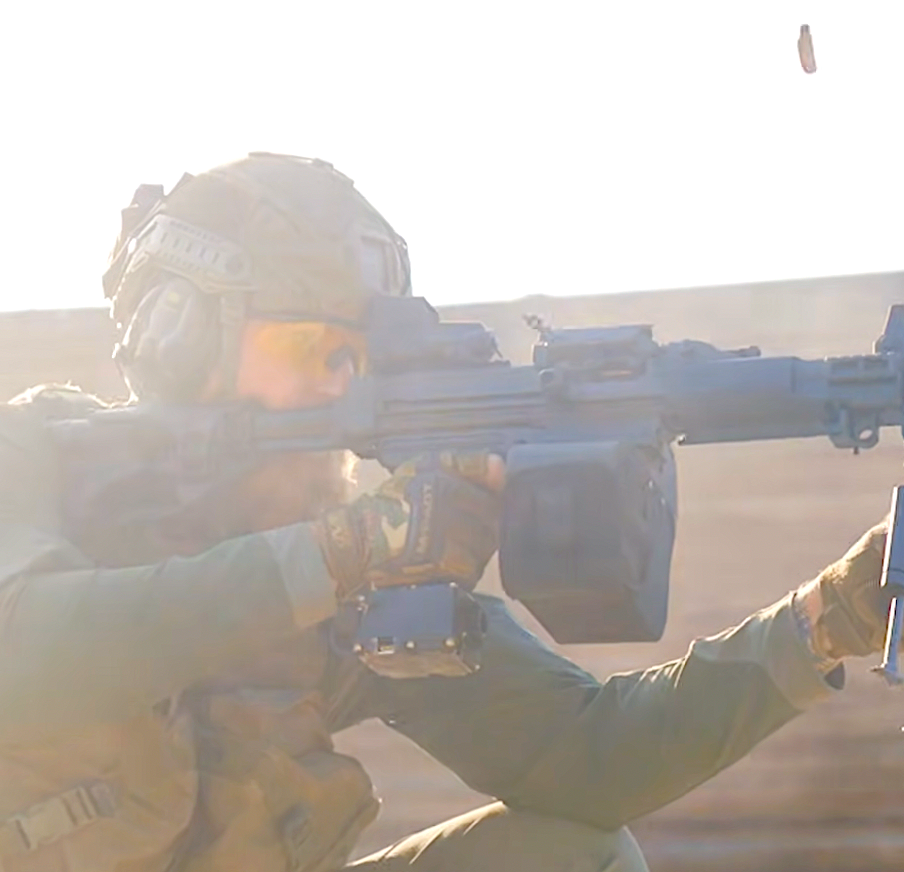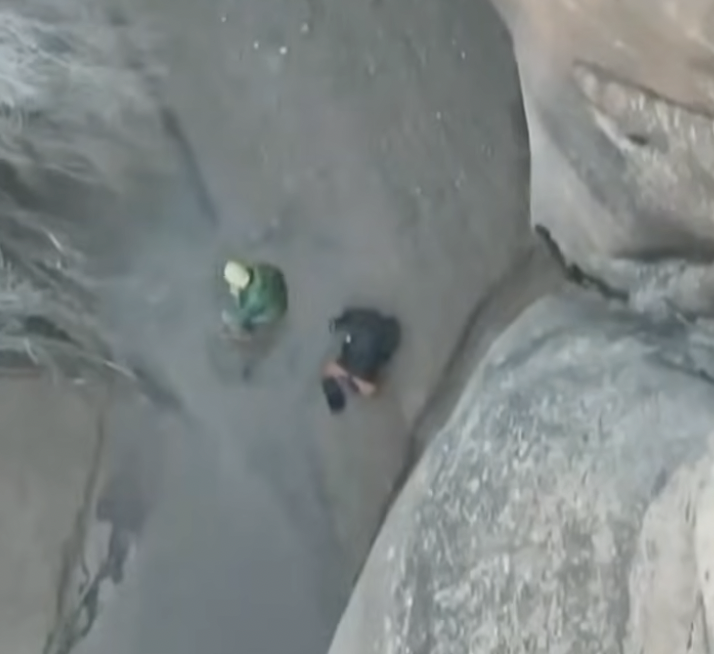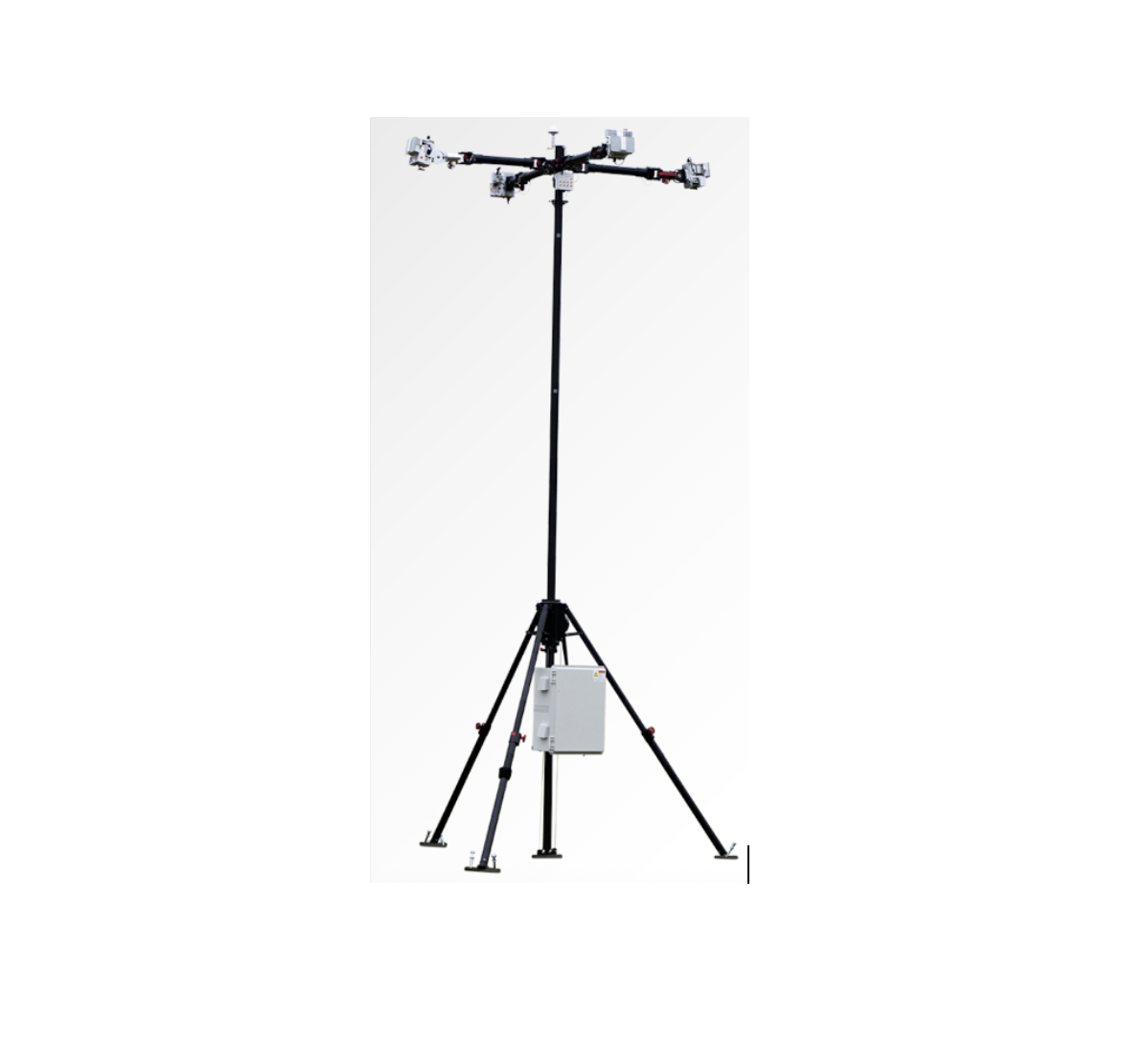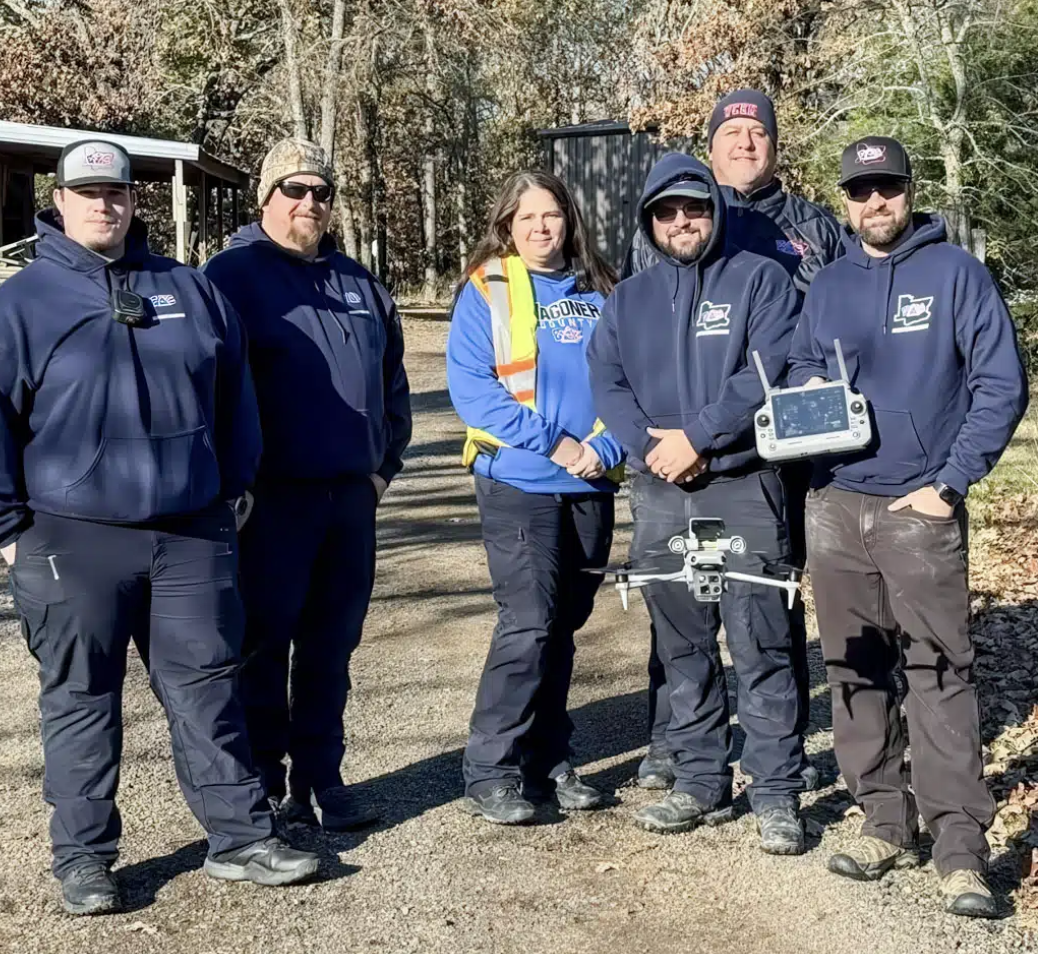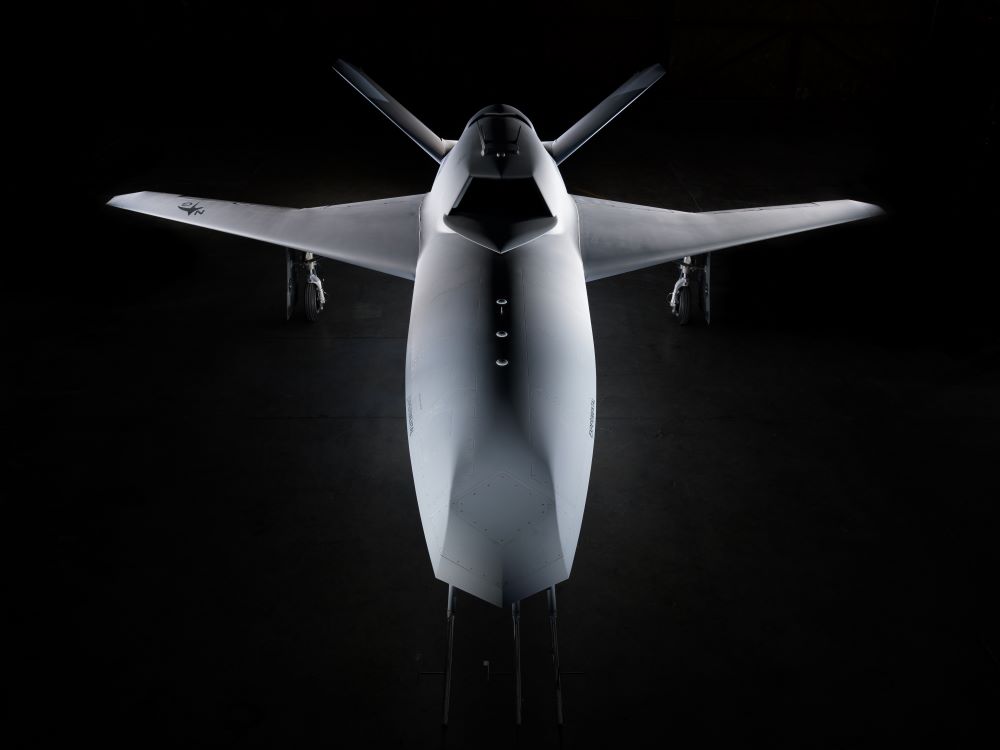Featured NewsTrending NewsHow the National Defense Authorization Act effects the Drone Industry
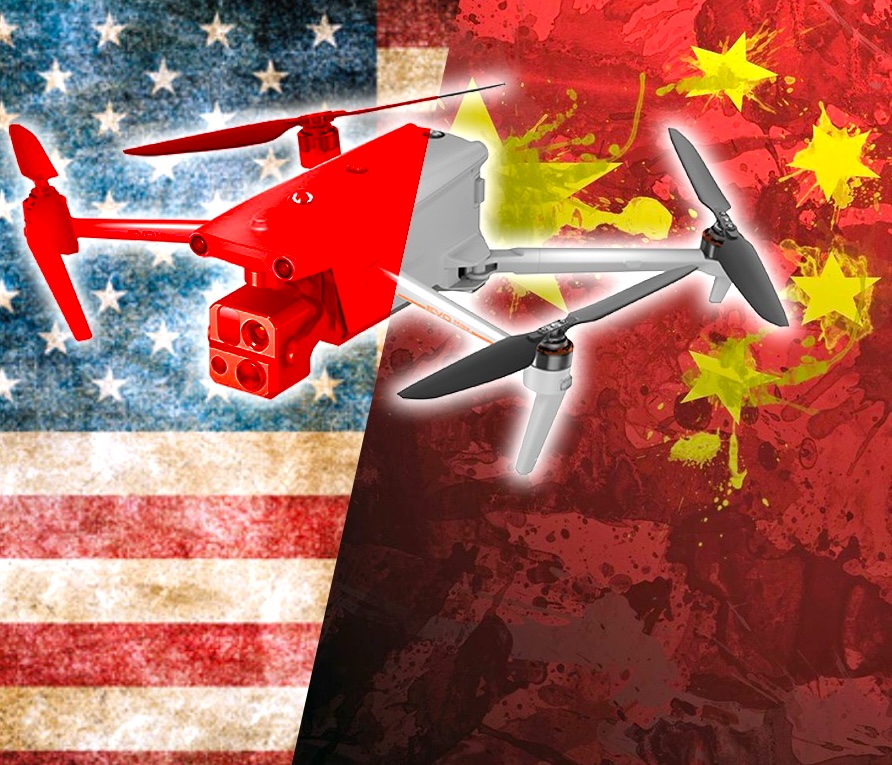
30 January 2023
President Biden signed H.R. 2670—the “National Defense Authorization Act for Fiscal Year 2024—on December 22, 2023. Piggybacked to the bill was the American Security Drone Act of 2023, which stipulated that federal agencies—as well as any programs that are federally funded—would be prohibited from operating drones made in countries deemed as threats to U.S. national security.
It's no surprise that China and Russia top that list.
It's also no surprise to drone pros and enthusiasts that two Chinese drone manufacturers—DJI and Autel—currently own 74 percent of the drone market in the United States.
With such a commanding market share, many federal agencies have been using DJI and Autel drones already. How will the ban affect the military, federally funded researchers, and the commercial drone industry?
To get some perspective, Commerical UAV News staff writer Juan Plaza sought counsel from Chris Todd, founder and executive Director of the Airborne International Response Team, official home of the DRONERESPONDERS program.
Here are Todd's thoughts...
“Basically, the top tier of affected users appears to be those public agencies that operate on a budget controlled by the federal government,” he said. “These includes agencies at the federal level, as well as those state, local, tribal, and territorial (SLTT) jurisdictions with public safety agencies that rely heavily on funding and grants provided by the federal government. A second tier of impacted users will be federal contractors, critical infrastructure owners and operators, engineering and scientific firms, and other entities that seek to align themselves with the traditional ‘Buy American’ mentality supportive of US commerce.
“Those who are expressing surprise and outrage that the ADSA was passed have clearly been asleep in the cockpit. We saw similar initiatives emerge as far back as 2019, with the ‘American Security Drone Act.’ The writing has been on the wall, flashing like a bright red warning light on the overhead console for all to see. Legislation that combats the proliferation of Chinese technology has been one of the few areas garnering bi-partisan consensus on Capitol Hill in recent years.
“There certainly are elements of the ADSA that smack of protectionism, and many have made that argument—to no avail. It’s somewhat like standing in the middle of the railroad tracks and screaming at an approaching freight train. At this point, the train is coming, and we need to prepare for what comes next.
“Public agencies in Florida that previously used Chinese-manufactured drones for various operations have already experienced the impact that legislation similar to the ADSA can have on their UAS programs. In 2021, the Florida legislator directed the Department of Management Services to take steps similar to the ADSA, resulting in an ‘Approved Drone Manufacturers’ list for Florida public agencies and their contractors. Since then, the DMS has transitioned to a set of cyber-security standards mandated via a state-level rule change for UAS’s and banned those aircraft manufactured in a ‘Foreign Country of Concern.’
"Public Service agencies in Florida have already been down this path. It was painful, even heartbreaking, for some. We saw law enforcement and fire service agencies who had spent years bootstrapping their UAS programs in existence—largely on the backbone of Chinese commercial-of-the-shelf (COTS) drones—feeling like they suddenly had the rug pulled out from under them. Some of these agencies simply threw in the towel and ended their drone programs. Others focused on working on the problem, adapted, and are now overcoming the challenge.
“There are legitimate pain points in converting from Chinese-made sUAS to ‘Blue-ish’ type sUAS. The cost of the drone is typically much higher, the hardware is not always as robust, and the flight control software can be different enough to cause initial consternation for the remote pilot.
"Anyone who has ever migrated from a Windows PC to a Mac (or vice-versa) environment can appreciate this phenomenon. You are suddenly jolted out of your comfort zone into a new software requiring the development of new workflows with new motor skills and muscle memory.
"This can be extremely disturbing for a remote pilot who has trained and flown substantial hours to develop proficiency with a certain aircraft type. Additionally, some companies are now marketing themselves as software companies rather than hardware companies and requiring high-priced software subscriptions to utilize all of the features of the aircraft. This catches many public safety agencies off guard and inserts a new pain point into the migration process.
“Amplifying the pain is the need for these public safety agencies to then procure new sets of batteries and other accessories, reexamine their fleet management and live streaming software, reconfigure patrol and response vehicles, reevaluate any existing FAA Certificates of Authorizations (COAs) on file, rework their Standard Operating Procedures (SOPs), retrain their remote pilots and support staff, and essentially reexamine and often rebuild their entire drone programs to accommodate for the changes.
"It’s not an easy task.
"This is really the part that people—especially the legislators—miss when mandating these changes. What results is an unfunded mandate that may leave a gap in a public safety agency’s ability to provide aerial support via sUAS.
“As painful as the transition can be, there is light at the end of the tunnel. We have seen several Florida public safety agencies such as the Florida Highway Patrol, Palm Beach Sheriff’s Office, Miami Beach Police Department, and the Southern Manatee Fire Rescue District successfully transition away from Chinese COTS drones to ‘Blue-ish’ UAS aircraft. These agencies have certainly experienced the pain points outlined above, but have generally been able to work through them and develop new solutions.”
“In many cases, they are finding out the new aircraft are more capable than they had previously anticipated. We are also seeing several manufacturers work together with these agencies to help refine and improve both their hardware and their software. Good things are beginning to happen, and other departments are taking notice. Each week, we see more Florida agencies rebuilding their drone programs with sUAS that meet the new Florida legislative requirements. Florida is essentially developing the playbook for other SLTT partner agencies to follow when the full impact of the ADSA of 2023 takes effect.”


